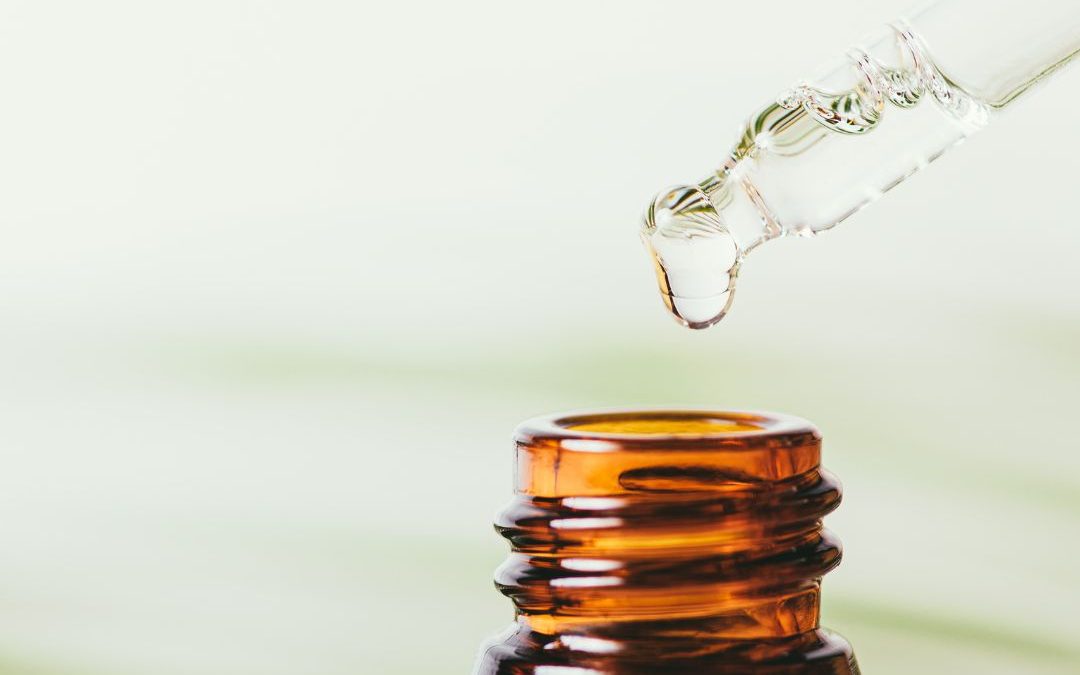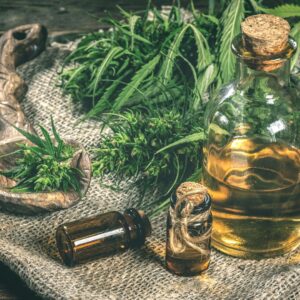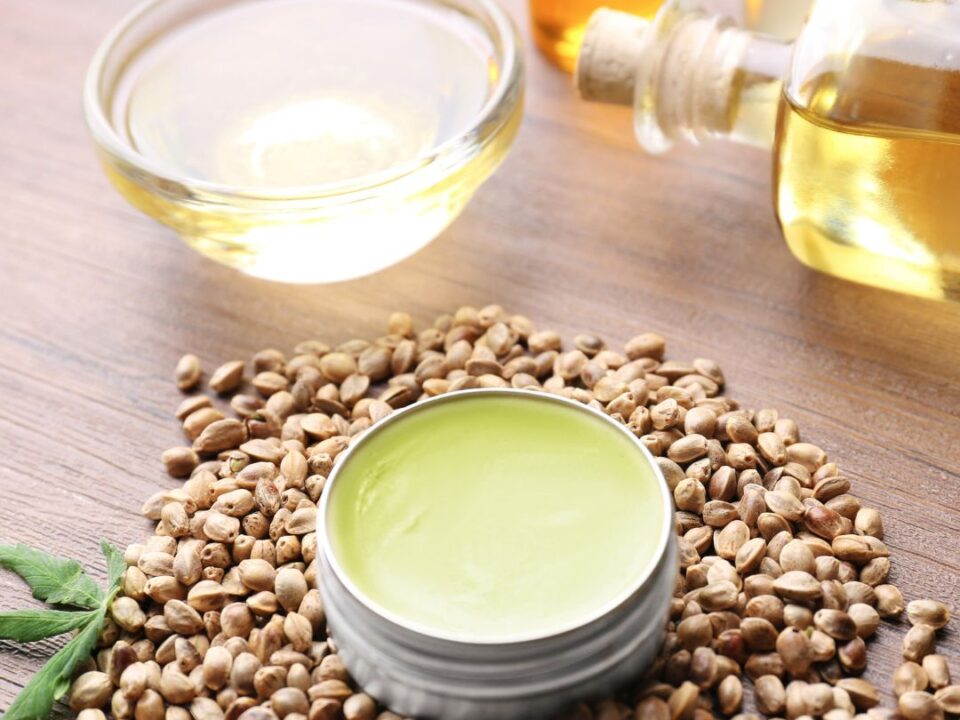
The cannabinoid Cannabigerol or CBG is a relatively new discovery, there are many questions surrounding the properties, effects, uses, and safety of CBG. Here we will answer some of the most popular questions regarding CBG products.
What is CBG?
CBG is the stem cell of all cannabinoids. CBG is actually the acidic form and parent molecule of the other main cannabinoids- CBD and the psychoactive compound THC. CBG has been famously coined as The Mother of all Cannabinoids.
While the cannabis plant grows, it produces cannabigerolic acid (CBGA). This is the first cannabinoid that forms within the hemp or cannabis plant. It serves as the precursor to other major cannabinoids. Cannabigerolic acid has the remarkable ability to transform into either tetrahydrocannabinolic acid (THCA) or cannabidiolic acid (CBDA). This happens through the activation of heat and light. These compounds are transformed from their acidic state into CBD or THC. The conversion takes between 6-8 weeks during the plant’s flowering cycle.
That means THC and CBD, along with all other cannabinoids can not exist without the initial formation of CBG in its raw form. This does not mean, however, that it contains THC or CBD.
How does CBG work?
CBG works perfectly in the human body. This is because it fits into the framework of how our endocannabinoid system functions and processes cannabinoids. The molecules link with the cannabinoid receptors throughout the body’s endocannabinoid system, which is already used to regulate many bodily functions.
The endocannabinoid system in the human body is greatly important for regulating brain function, endocrine function, and immunity.
There are three key components of the endocannabinoid system:
- Cannabinoid receptors – interacts with CB1 and CB2 receptors
- Endocannabinoids – Cannabigerol is believed to boost anandamide receptors.
- Metabolic Enzymes – Cannabigerol is thought to interrupt the metabolic activity that produces the psychoactive effects of THC.
The endocannabinoid system also actively assists in the secretion of hormones related to reproductive functions, stress, and many other ailments.
The cannabigerol molecules interact with the cannabinoid receptors already present in our bodies. This helps to optimize performance and regulate healthy functions.
 What are the Benefits of Cannabigerol?
What are the Benefits of Cannabigerol?
CBG’s biggest benefit over CBD is that there is never any THC present. Zero. Because of the way CBG is formed, THC is not a part of the equation. Just like some other cannabinoids, CBG is completely legal, provided that it is derived from a cannabis plant that contains less than 0.3% THC. CBG is a great solution derived from nature, without the complications of THC being a concern.
Researchers have gathered much information, to show that CBG has some remarkable healing properties.
CBG is Anti-Inflammatory
Studies suggest that it has many strong anti-inflammatory properties. This makes it a potential option for formulating topical treatments for muscle and joint discomfort. It can also aid in the relief of other discomforts within the digestive system.
CBG is Antibacterial and Antifungal
Like all major cannabinoids, it exhibits antibacterial, antifungal, and antimicrobial properties. This can be a combative way to aid in the topical treatment of minor rashes, cuts, and scrapes.
CBG is an Antioxidative
It has been shown to aid in delaying or preventing some types of cell damage. Its antioxidant properties reduce damage-causing free radicals and raise the body’s own naturally occurring antioxidants, superoxide dismutase.
CBG is Neuroprotective
A 2015 study examining CBG found that it was “extremely active as a neuroprotectant. This meaning it has properties that have the potential to help our nervous system, brain function, and memory.
CBG is an Appetite Stimulant
CBG has been observed to be an effective appetite stimulant. It interacts with several molecular targets that are known to be involved in the regulation of appetite.
Side Effects
While CBG is not a new compound, its use in a healthy lifestyle is somewhat new. Because of the overwhelmingly positive response from those using CBG-related products, there has not been a lot of research performed on the side effects of CBG.
Though, some consumers of CBG have experienced and reported tiredness, dry mouth, or a change in appetite. All of these have been minor side effects compared to the amazing benefits of the product itself.
Dosage
Because the scientific research into CBG is still in an early stage, scientists and doctors are yet to give an exact dosage of how much of the compound you should take for a specific condition. For that reason, we advise caution. Always start with a low dose and work your way up from there. Follow the instructions on the product for the starting dose and work your way slowly to a dose that gives you the results you feel you are looking for.
Is CBG Legal?
THC has psychoactive effects and is the most important factor in legality because it contains psychoactive properties that are potent above 0.3%. So, CBG is only illegal if it’s derived from a hemp plant containing more than 0.3% THC.
The legality of hemp products has always been a difficult subject to cover due to the complexities surrounding it. However, a law passed by Congress in 2014 allowed the cultivation of industrial hemp. This is known as the Agricultural Act and the specific section is numbered 7606. This section of the act technically makes it legal for most cannabinoids to be extracted from hemp without legal repercussions. However, it was only in the past 5 years that the U.S. Drug Enforcement Agency recognized cannabinoids to be a form of hemp.
The recent passing of the Farm Bill Act in 2018 led to the removal of this classification. This meant that all cannabinoids from hemp containing less than .3% THC were no longer considered to be an illegal drug at the federal level. However, it still meant that the sale and ownership of cannabinoids was something for the state to regulate. This is why there can be a lot of confusion surrounding CBD and its legality in different states.
“These statements have not been evaluated by the Food and Drug Administration. This blog or products mentioned in this blog are not intended to diagnose, treat, cure, or prevent any disease.”




